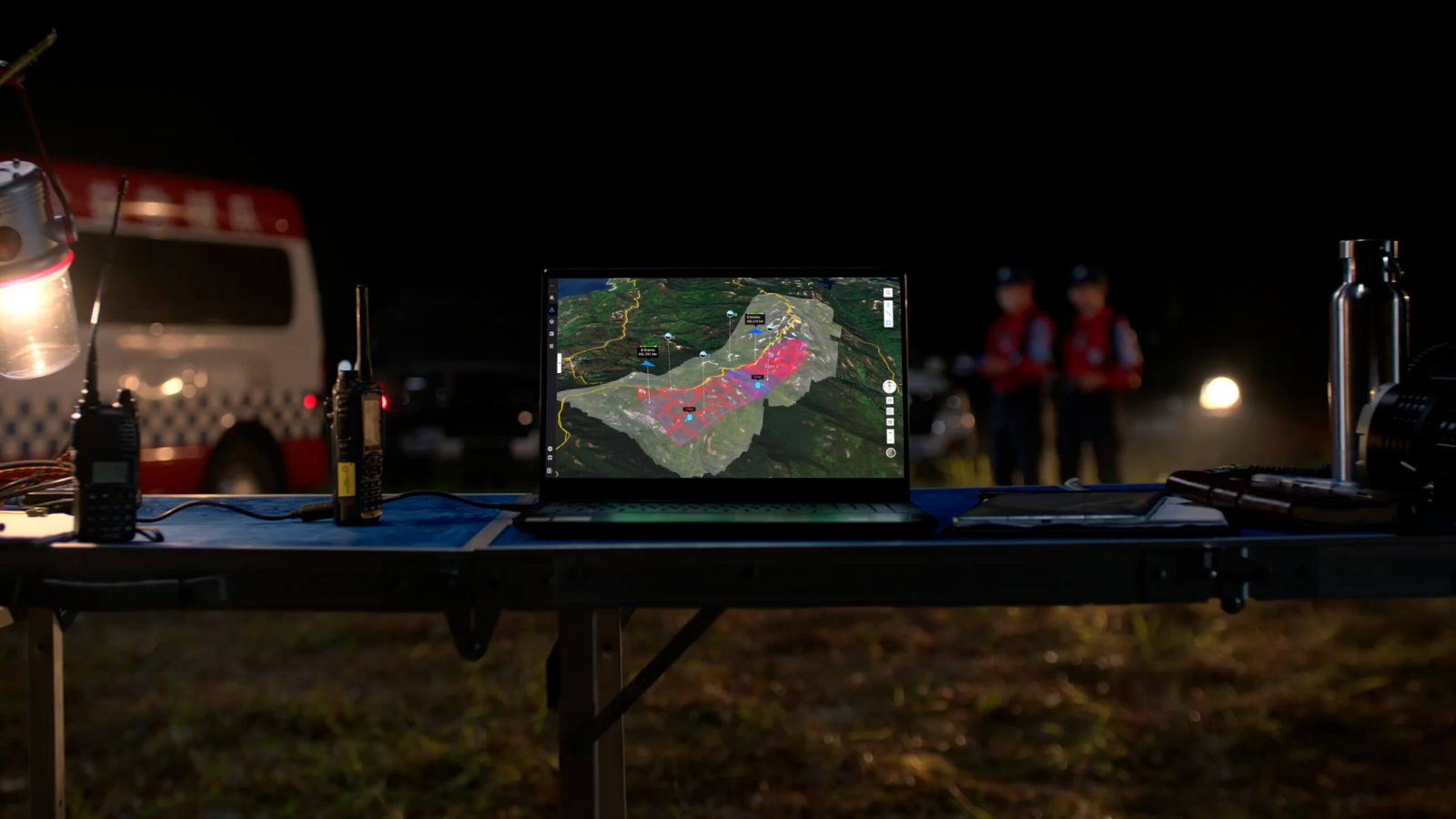
DJI is set to introduce major changes to its free quotas policy for FlightHub 2, the company’s drone fleet management cloud software. The updated rules, expected to take effect in November 2024, will impact how free quotas are allocated to organizations and devices, as well as the amount and validity of those quotas. Here’s a breakdown of what to expect…
Changes to free quota allocation
Under the new policy, free quotas will only be granted to organizations and devices when they are first bind a new device to FlightHub 2. Key points include:
- One-time quotas for organizations: Organizations will receive free quotas only once. After an organization has claimed free quotas, adding new devices won’t earn additional free storage or usage time.
- Single-time quotas for devices: Devices like DJI Docks or aircraft can only receive free quotas during their first binding. If a device is re-bound to a new organization, it will not receive free quotas again.
This just in: New DJI Air 3S: Dual-camera drone perfect for travel shots
Standardized free quota benefits for FlightHub 2
DJI is also standardizing the amount of free quotas given, making it consistent across all device types:
- 100GB storage: Every device will receive 100GB of storage space.
- 5,000 livestream minutes: Users will have 5,000 minutes of live streaming time.
- 3,000 mapping images: Devices will support 3000 mapping images.
- 3-Month validity: The free quotas will expire three months after being issued.
The current policy will remain in place until the new one officially rolls out. You can continue using any existing resources until they are fully utilized or expire. DJI encourages users with questions or suggestions to reach out before the changes take effect next month.
What’s new in FlightHub 2’s latest update?
The policy change follows a recent software update for DJI FlightHub 2, which introduces several new features and optimizations, including:
- Enhanced annotation management: You can now create separate folders for managing annotations, as well as circular annotations.
- Global map search: The new global search allows you to find locations, map annotations, and device information easily.
- Organized flight routes: Flight route files can now be stored in folders, with previous files automatically placed in a root directory.
- Improved data recording: During waypoint tasks, the aircraft now records yaw, gimbal pan angles, and camera zoom ratio.
- Local media import: You can import local media, including various photo types, livestream screenshots, and videos.
The update also includes several user experience improvements, such as easier centering of map elements, optimized photo markup features, and added support for filtering photos with unnamed markups. A number of other known issues have also been fixed.
Read more: DJI Mavic 4 drone leak hints at massive battery upgrade
FTC: We use income earning auto affiliate links. More.






Comments